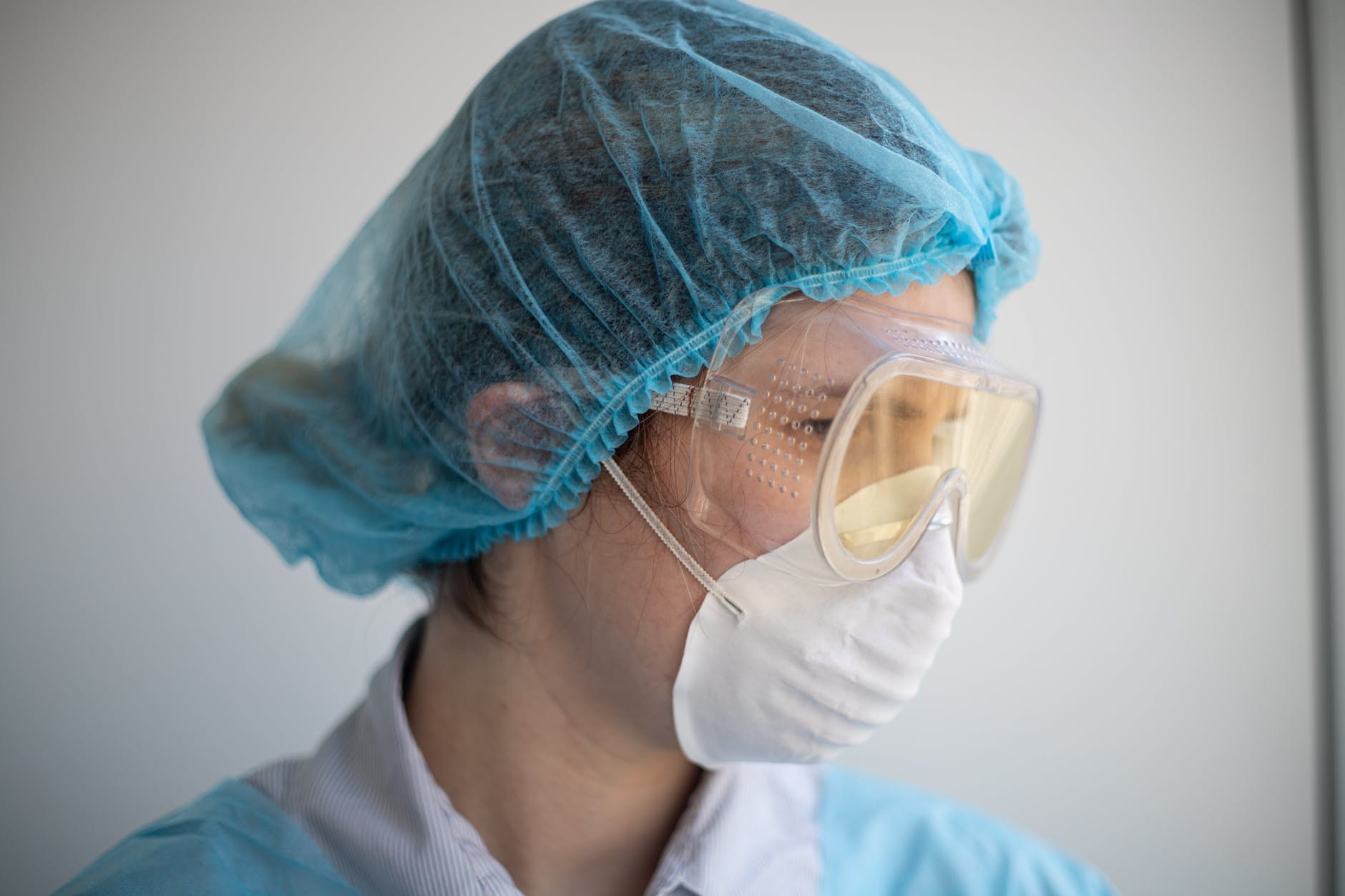In the wake of the COVID-19 pandemic, life for medical workers has almost entirely turned on its head. The United States was unprepared for a pandemic of this size. Approximately 925,000 staffed hospital beds exist in the United States; however, less than ten percent of these beds are for people that are critically ill (“Fast Facts”, 2020). With these numbers in mind, an infection such as COVID-19 could easily overwhelm the United States’ medical system, and this is exactly what appeared to be occurring. Long shifts. Overwhelmed wards. Limited protection. Uncertain outcomes. Exhaustion and isolation. Life or death. These short phrases describe the brutal conditions of medical centers during the COVID-19 pandemic. Hospitals across the country are struggling to battle the highly infectious virus, as they are unprepared to meet the critical demands on their staff members and medical supplies. Hospitals and medical responders throughout the United States are experiencing massive shortages of critical medical supplies, especially personal protective equipment (PPE), for health care workers (Mccammon, 2020). For the medical staff working with COVID-19 patients at the “front lines,” this pandemic not only means this shortage of PPE, but has also resulted in extended work hours and the challenge of constantly having to plan for increasingly worse conditions, such as determining who will receive ventilators and who will not when the shortage inevitably becomes too great (Alltucker, 2020).
In this chapter, four research projects are described. They focus on one broad theme: what the current pandemic has meant for medical workers. Each project took a slightly different approach, and each contributor looked into one specific aspect of the healthcare system during the COVID-19 pandemic to better understand what this global crisis has meant for those directly involved. Tackling issues with PPE shortages and understanding the experiences of medical specialists, nurses and their families, and nursing students were all topics explored over the course of the past seven weeks and are detailed in this chapter.
The COVID-19 Crisis From the Standpoint of Healthcare Workers and Their Families
Jillian Spera
This project examines the perspectives of healthcare workers and their families as the COVID-19 pandemic occurs. It focused on the different aspects of their lives during the pandemic, as well as their thoughts. The overall goal was to share the stories of healthcare workers and their families and observe the similarities and differences between them. There are many different stories, but there are fears and stressors as well as triumphs. All experiences are covered to get a wider scope of what the pandemic is really like.
Healing and Heart: The Impact of the COVID-19 Pandemic on Student Nurses
Olivia Madamba
This project explores the experiences and perspectives of nursing students throughout this global health crisis. Interviews were conducted with student nurses from different schools and with various clinical responsibilities to determine how the pandemic has affected them physically and emotionally. Participants were able to reflect on their experiences as frontline workers and as college students. Their attitudes and opinions were analyzed to learn how their views on nursing may have changed and how COVID-19 has impacted their nursing education.

Modifying Medicine: How the COVID-19 Pandemic has Altered Patient Care and Medical Worker Experience
Sarah Huber
The goal for this project was to understand the newly established protocols and resulting changing roles and responsibilities for medical professionals working during the COVID-19 pandemic and how these changes have influenced their experiences. Overall, I aimed to discover how individuals at varying levels of medical work and in a wide variety of specialties have responded to the changes brought about to their practice as a direct result of the pandemic, and if the shared experiences were similar across those interviewed.

Lehr Und Kunst: A Theory & Practice Approach to Personal Protective Equipment
Hannah Gallagher
The goal of this project was to understand the conditions throughout hospitals during the COVID-19 pandemic and utilize this information to create 3D printed personal protective equipment (PPE). Medical facilities throughout the United States have been struggling to acquire PPE due to the high demand from healthcare workers involved in the frontlines of the COVID-19 pandemic. As a result, this project worked to understand how engineering principles could be used to create PPE for medical facilities. Through discussing with engineers, 3D printing experts and healthcare workers, face shields and ear guards were created and donated to numerous medical facilities throughout Massachusetts.